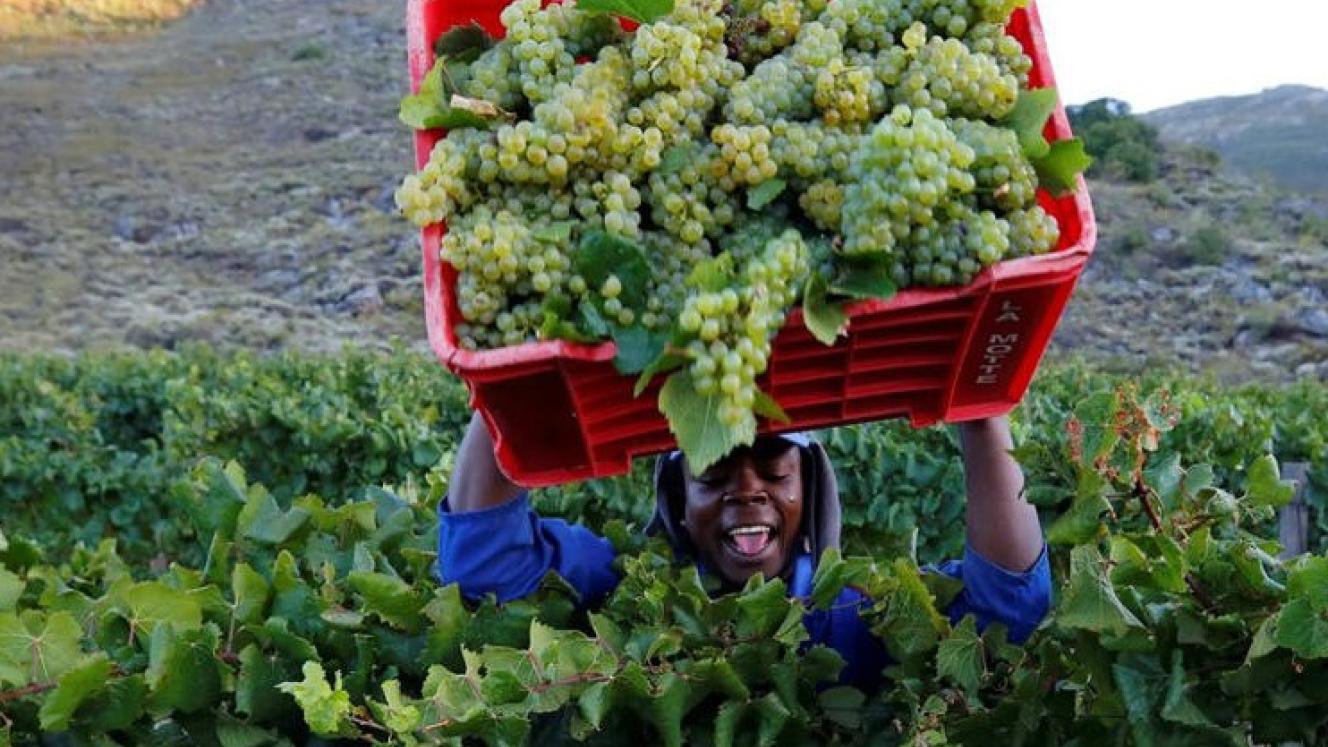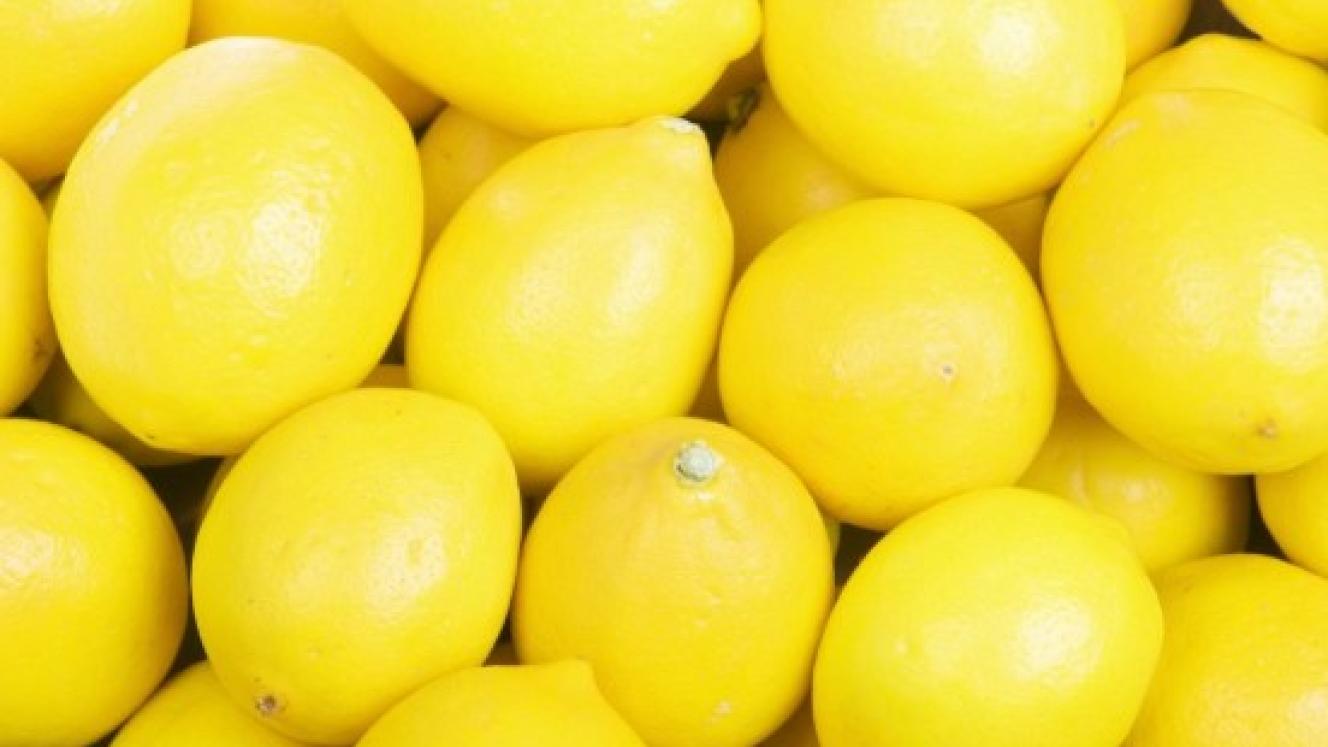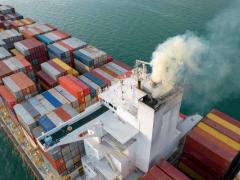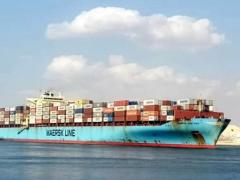South Africa’s agriculture sector has demonstrated remarkable resilience, posting a 26% year-on-year increase in exports to the United States during the second quarter of 2025, reaching a value of $161 million.
This surge, which follows a strong 19% rise in the first quarter to $118 million, comes despite significant uncertainty caused by the announcement of a 30% import tariff on South African goods by US President Donald Trump.
Reacting to the latest set of trade data, agriculture minister John Steenhuisen hailed the sector’s performance, attributing the growth to good harvests, high-quality produce and improved port performance.
“These figures are not merely statistical anomalies but a testament to the hard work of our farmers and the global reputation of South African produce.”
The primary exports driving this growth include citrus, grapes, apples, pears, nuts and wine, with citrus alone sustaining approximately 140 000 jobs across its value chain.
The tariffs have raised concerns about the sector’s long-term prospects.
The US, South Africa’s second-largest bilateral trading partner after China, imposes the highest tariff rate in sub-Saharan Africa, threatening the competitiveness of key exports.
Industry leaders warn that the 30% tariff could lead to significant job losses, particularly in rural communities, with estimates suggesting up to 100 000 jobs in agriculture and related sectors are at risk.
Despite these challenges, the second-quarter performance was bolstered by exporters capitalising on a 90-day tariff pause earlier in the year, allowing them to ship large volumes of high-quality fruit and wine.
Efficient port operations further facilitated this export surge, enabling South Africa to meet strong US demand, particularly for citrus, amid declining production in Florida.
However, the looming tariffs have prompted urgent calls for market diversification.
Steenhuisen emphasised the need to explore alternative markets in Asia, the Middle East, and the broader African continent, particularly within BRICS countries like China and India, and Saudi Arabia, where lower tariffs and simplified phytosanitary regulations could unlock new opportunities.
“The recent imposition of US tariffs underscores the urgent need to enhance our competitiveness and diversify our export markets to mitigate the economic impact,” he said.
The government has responded by launching an Export Support Desk to assist affected companies and explore alternative markets.
President Cyril Ramaphosa has said that all channels of communication remain open with the US, with negotiators ready to secure a more favourable trade agreement.
However, some lawmakers, including members of the Democratic Alliance, have criticised these measures as insufficient, calling for more robust support to avert a potential socio-economic crisis.
Analysts suggest that, while the short-term outlook remains positive due to strong harvests and logistical improvements, the long-term sustainability of South Africa’s agricultural exports hinges on successful tariff negotiations and diversification efforts.
The National Agricultural Marketing Council highlighted a global rise in protectionism, noting that South Africa’s limited leverage in bilateral negotiations made it particularly vulnerable.
As the sector braces for the full impact of the US tariffs, stakeholders are urged to maintain relations with existing markets in the European Union, Africa, and Asia while pursuing new opportunities.
“South Africa’s agricultural sector is export-oriented, and securing better access to various markets must remain a priority,” said Wandile Sihlobo, chief economist at the Agricultural Business Chamber of South Africa.
With ongoing diplomatic efforts and a focus on resilience, South Africa’s farmers and exporters are navigating a challenging global trade landscape, proving their adaptability in the face of adversity.













